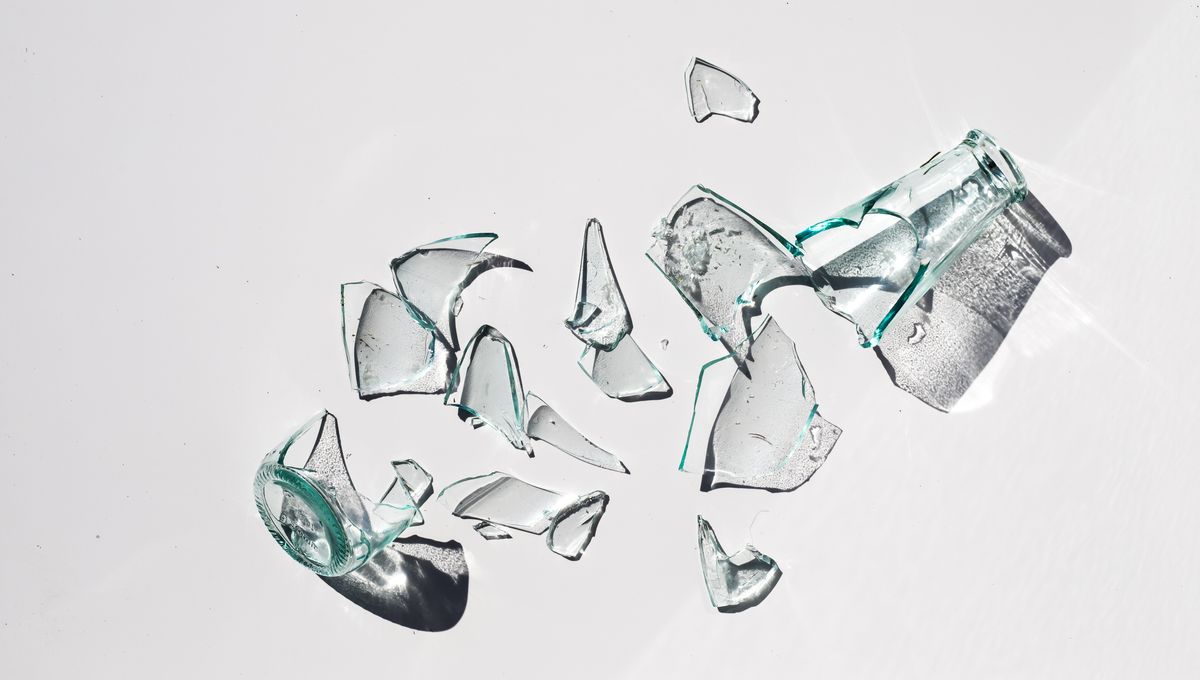
If you’ve been on TikTok in the last couple of months, it’s likely you’ll have come across a bottle-smashing video. With a simple concept racking up millions of views, you might be wondering what makes them so appealing. The answer could lie in how human brains process sound.
Bottle-smashing content features an array of satisfying destruction: bottles are rolled down steps, objects are thrown at them, and they’ve even been whacked with a bed of nails. As they meet their explosive fate, bottles can make a whole host of sounds, from gentle thuds to the shattering of glass. This orchestra is often what people find most pleasing; some even experience an autonomous sensory meridian response or ASMR.
As in the clip above, several of the videos that have gone viral mention ASMR in their tags or captions. But what exactly is it and how can bottle-smashing trigger it?
With some likening it to a “head orgasm”, ASMR is usually described as a pleasant tingling sensation that starts on the scalp and can radiate out to the shoulders and spine, making those who experience it feel relaxed. It can be triggered by a variety of sights and sounds, including whispering, tapping, or brushing, with an estimated 20 percent of the population experiencing a response. If you happen to have anxiety, some research also suggests you’re more likely to experience it.
Scientists have used a variety of techniques to explore the brain activity underlying ASMR. One study, using functional magnetic resonance imaging (fMRI), found that when participants were experiencing ASMR tingles, their brains activated in regions associated with reward and emotional arousal. Another team discovered that ASMR corresponded with lower-frequency electrical activity in the brain, which is often connected with a relaxed state.
As ever on the internet, people will also watch and comment even when they don’t like something. In the case of bottle-smashing, they might be concerned about the waste, or that a bottle didn’t fully break. For those who experience hearing sensitivity, the appearance of a glass bottle atop stairs on their for-you page is a sign to scroll away, else they might become physically uncomfortable.
Hyperacusis, or noise sensitivity, is thought to affect anywhere up to 17.2 percent of the population. Sufferers experience everyday sounds more loudly, to the point where they can be in physical pain. It’s not a stretch to suggest this could make a person irritable, but for some, it can turn into full-on rage. Known as misophonia, hearing or even seeing the actions that make a particular sound, can trigger feelings of anger and disgust.
Back in 2021, researchers uncovered the mechanism in the brain that causes people to become enraged by some sounds, including some of those popular within ASMR, like breathing and eating. If someone’s trigger sound happens to be breaking glass, seeing and/or hearing a bottle-smashing TikTok could activate a specialized part of the brain called the mirror system.
The mirror system “helps us process movements made by other individuals by activating our own brain in a similar way – as if we were making that movement ourselves,” said study author Sukhbinder Kumar, in a statement.
“We think that in people with misophonia, involuntary overactivation of the mirror system leads to some kind of sense that sounds made by other people are intruding into their bodies, outside of their control,” explained Kumar. It’s this sensation that leads people to feel enraged or repulsed.
For fans of glass-related ASMR, it looks like bottle-smashing TikToks are sticking around for a while. To those who’d rather not come across them – may the algorithm be ever in your favor.
All “explainer” articles are confirmed by fact checkers to be correct at time of publishing. Text, images, and links may be edited, removed, or added to at a later date to keep information current.
Source Link: People Are Hooked Watching The Bottle-Smashing Trend On TikTok – What Can It Tell Us About Our Brain?